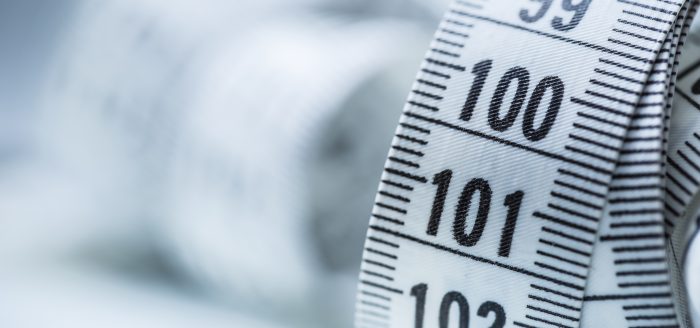In machining shops and quality control processes, it is a routine for quality control personnel to measure a variety of items in order to have consistency in what is being produced. When conducting such processes, you have the option to use measurement methods that do not cause any damage to the part, work area or the system. These are the methods that we are describing as non-destructive methods and they are widely used in a variety of applications.
Thickness Gage
This is a gage that is used to measure the thickness of load-bearing structures and more. Thickness gages use sound to measure the thickness of a substance. It does this by sending an ultrasonic sound wave through the object. The thickness of the object is measured by the time it takes for the sound to get through to the part and back. Obviously, the thicker the object is, the longer it takes for sound to travel through to the part. The beauty of using the thickness gage is that there is little to no contact with the part being measured and this reduces the possibility of damage to the part.
Thermal Imagers
Thermal Imaging is a form of non-contact measurement that works by detecting infrared energy that is emitted by all substances. The imager then transforms the energy into a temperature reading. The thermal imaging process is great at discovering problems in substances that are harder to assess in any other way. For example, thermal imagers are excellent at evaluating moving objects, hazardous materials and in all other cases where there is a risk of damaging the substance being measured.
Flaw Detectors
Flaw detectors are used to look at flaws in a variety of objects. For example, flaw detectors can spot cracks in a cavity or a wall. This is particularly useful because it saves you the trouble of opening up the cavity itself to check for flaws. Flaw detectors also use ultrasonic waves (sound) to detect flaws in structures and substances. Being able to detect flaws is critical because the failure of a part or a structure is often preceded by internal flaws that can’t be seen externally.
Hardness Testers
There are many reasons to test for hardness. In most cases, the hardness of an object gives an indication of how well it will withstand pressure. Applications for this are found in the motor vehicle industry and many others. Hardness testers only minimally affect the part that is being tested and this is why they are classified as non-destructive precision instruments. When using a hardness tester, a specifically dimensioned tool is pressed into the part and reading is done by measuring the depth that the indenter returns.
Voltage Sensors
With a voltage sensor, one can measure the level of current passing through a particular material. When machinists and quality control personnel are doing this, they are trying to prevent the object that is under study from being damaged by electric current. If a substance is not supposed to conduct electricity but still does anyway, it might cause harm to the person using the object.





